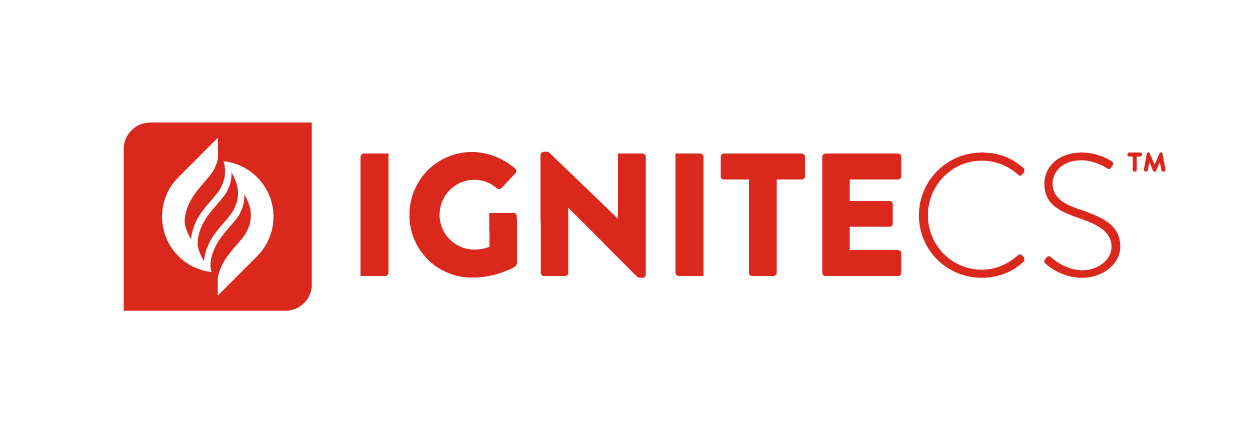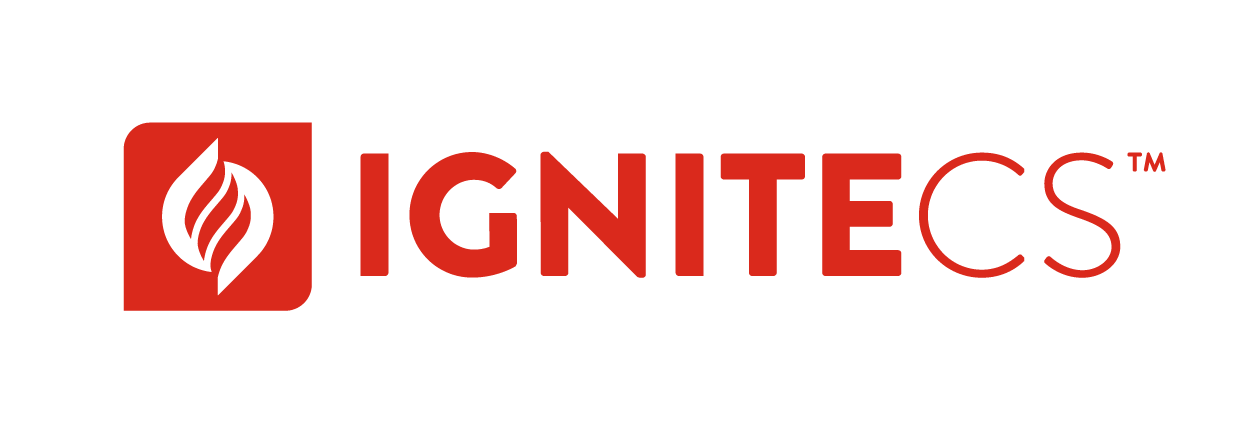Steven Grasse, the unorthodox ad man who created Sailor Jerry rum and Hendrick’s gin, is about to get into the hard soda business with liquor giant Diageo. And Mr. Grasse is so bullish on the product that he is putting his agency’s name on it.
The brand, called Quaker City Malting Co., will debut this week in Denver and Philadelphia, the city where Mr. Grasse’s agency, Quaker City Mercantile, is based. The brand will enter an increasingly crowded flavored malt beverage market. Marketers such as MillerCoors and Anheuser-Busch InBev have flooded the hard soda segment in recent months with offerings like Henry’s Hard Soda and Best Damn Brewing Co., whose flavors include cherry cola.
Quaker City Malting represents Diageo’s entry into hard soda. The brand, which will go by the nickname QC Malt, seeks to stand apart with unusual ingredients and a nostalgic positioning that Mr. Grasse described as a “gourmet, old-timey soda.” The flavors are Lemon Shrub, made from lemon extract and fruit vinegar; and Old Dutch, whose ingredients include birch, allspice and licorice. Both varieties include cane sugar.
While other agencies have dabbled in product creation, it’s a way of life for Mr. Grasse — and a keyplank in his agency’s business strategy. The shop specializes in the alcohol segment and its involvement goes way beyond advertising. “We are actively involved in dealing with distributors, dealing with liquid development, dealing with glass — every single part of this business that an ad agency never is involved in we are deeply steeped in,” he said.
Indeed, Mr. Grasse has a distaste for traditional advertising. The skeptical attitude is a byproduct of working in the heavily regulated cigarette industry. His shop had the R.J. Reynolds account from 1994-2009 when the agency was known as Gyro Worldwide. He refers to his tobacco years as the “marketing Marine Corps.”
“You weren’t allowed to do anything and you realize no one cares,” he said. “No one watches TV anymore, you skip over ads and ads make you angry. For me it’s about the feel, the touch, the look of something. We always say we get more interaction out of a coaster or matchbook cover than you do out of an advertisement.” In his view, “the product is the message, which is very different for the ad guys.”
His product development approach is informed by his love of history. He is the author of a new book called “Colonial Spirits: A Toast to Our Drunken History,” which is described as “a historical manifesto on drinking, including 50 colonial era-inspired cocktail recipes.”
QC Malt was inspired in part by Mr. Grasse’s research into the history of malting, including Francis Perot & Sons, one of Philadelphia’s earliest breweries that operated from 1687 to 1907. In his view, other flavored malt beverages shy away from the word malt. “Malt is a good thing. Malt is an agricultural thing. Let’s put it right on the label and make it our key selling point,” he said.
Sailor Jerry was originally developed as a lifestyle and clothing brand named for Norman “Sailor Jerry” Collins, a renowned American tattoo artist and Navy man of the mid-1900s. His agency “created the rum as a way to sell more clothing, but then somehow the rum grew like wildfire,” he said.
“We had a Sailor Jerry clothing store and punk bands would come by in their van, hang out and then we would load up their van with rum and they would drive to the next city, sleep on someone’s couch — so it was very early viral marketing and the brand just took off,” he recalled.
He sold the rum in 2008 to liquor marketer William Grant & Sons, but Quaker City remains the lead creative agency on the brand. Today the rum ranks as the fifth largest rum in the category, according to IRI.
William Grant hired the agency to create the Hendrick’s gin brand in the late 1990s. The gin is “oddly infused with rose and cucumber,” according to its marketing, which is whimsical and way off the beaten path, channeling a combination of Monty Python and Victorian art. Hendrick’s sales at stores surged 18.5% to $7.9 million in the 52 weeks ending Sept. 4, according to IRI.
Flush with money from the Sailor Jerry sale, Mr. Grasse dove headfirst into converting his business into a full-time alcohol creator, marketer and agency — although he shies away from using the phrase ad agency. “I was like, screw everything else. That’s what I want to do,” he said.
In 2008, Mr. Grasse created a liquor brand called Art in the Age of Mechanical Reproduction, named for an essay by German philosopher Walter Benjamin, who died in 1940. The spirit, which is made at the Greenbar Distillery in Los Angeles, includes varieties such as Root, which is described as a recreation of a “true pre-temperance alcoholic root tea.”
In 2009, Quaker City acquired a stake in New England’s Narragansett brewery and the shop still handles the brand’s marketing. Last year, Mr. Grasse opened his own distillery in New Hampshire called Tamworth Distilling, which uses local ingredients to make gins, whiskey, vodka, cordials and other spirits. His agency in 2015 also collaborated with E&J Gallo Winery on the creation of Lo-Fi Aperitifs, which is described as a blend of California wine and cold-extracted whole botanicals.
Because his agency only works on alcohol, “I can actually go in and have an honest conversation about what is wrong with your business,” he said. “And because I actually understand your business because I am in your business, I can actually guide you in a way that an ad agency can’t. Because ad agencies are generalists and as generalists, you can’t really help me with anything,” he said.
He added: “So I think all these companies should fire their ad agencies, and all the ad agencies should do what we’ve done, which is to concentrate on a single industry. Now to do that these notions of exclusivity and conflict need to go away and we’ve been able to navigate that by being really good at what we do.”
His pitch, although radical, appears to be working with some of the biggest marketers in alcohol.
MillerCoors recently gave Quaker City an assignment to lead creative and digital strategy for its Miller High Life brand, which had been handled by Leo Burnett, as Ad Age recently reported. “One of the reasons we like them is their understanding of alcohol and consumers,” Ashley Selman, the brewer’s VP-marketing for emerging and economy brands, told Ad Age. “We are not concerned about them working on other alcohols.”
Emma Giles, the beer brand director for Diageo’s North American beer business, echoed that sentiment. “These guys work in alcohol so the advantage we have working with them is that they know the market,” she said.
But Diageo still values traditional creative shops that work in various categories, she said. “There’s definitely an advantage to being an expert in an area and really getting deep,” she said. But “if you work with agencies that are working on other products or in other categories … they bring a different way of thinking [and] a different creativity.”
MillerCoors noticed Quaker City because SABMiller, which is a joint owner of MillerCoors, since 2012 has been working with Quaker City on a global repositioning of its Pilsner Urquell brand. True to form, the agency recommended changes that often had little to do with traditional advertising, including putting Pilsner Urquell in its original brown glass bottles. Global volume sales of the beer brand grew 8.8% from 2014 to 2015, according to Euromonitor International.
But Diageo’s hard soda assignment could be among Quaker City’s toughest challenges yet, considering the cut-throat competition in flavored malt beverages. Brands in the category have a history of rocketing out of the gate, but falling just as fast as variety-seeking millennials move on to the next big thing.
But that doesn’t faze Mr. Grasse. “We don’t really look at what is trending, and we don’t really look at what our competition is doing,” he said. “We kind of do what we think will work.”
“Everything we do is intuition,” he said. “I always create things that I personally like and I just assume there are other people out there like me. And so far we’ve been right about that.”
SOURCE: AdvertisingAge.com, October 2016

